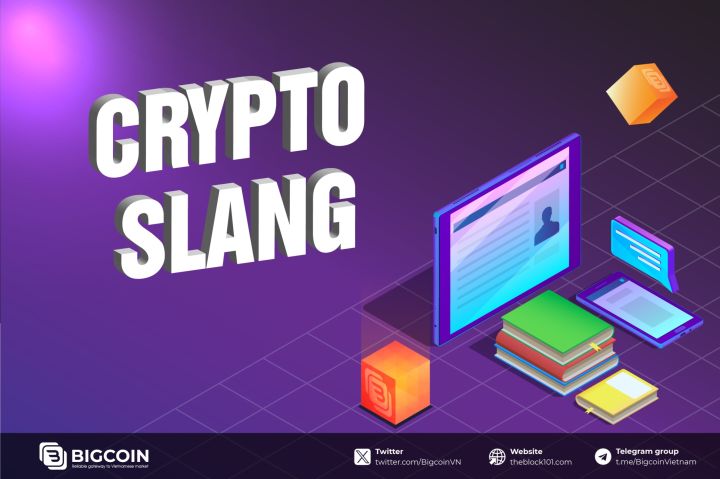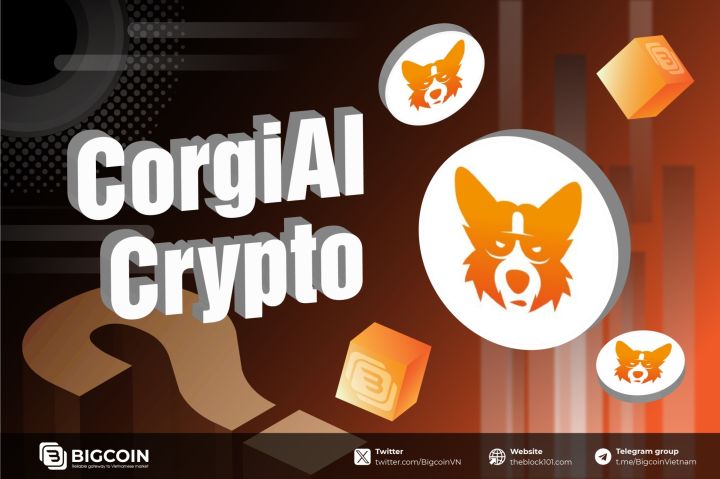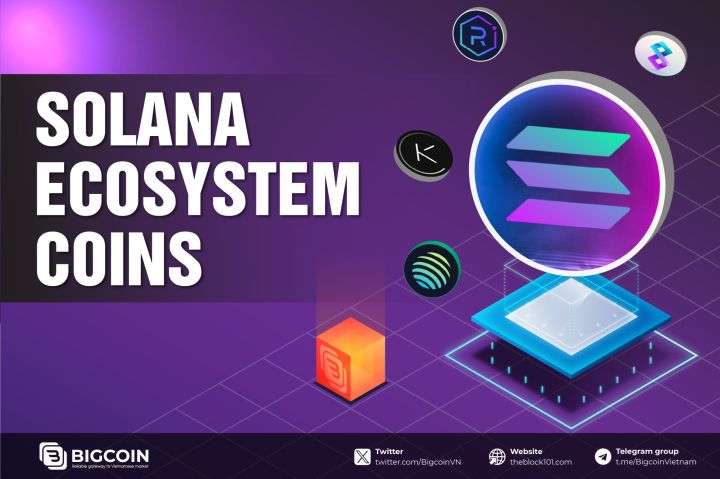1. What is Stablecoin?

Stablecoins are a category of cryptocurrency designed to reduce price volatility by linking their value to stable assets. Unlike traditional cryptocurrencies such as Bitcoin and Ethereum, which experience significant price fluctuations, stablecoins aim to offer the best of both worlds: the stability of fiat currencies and the flexibility of digital assets.
Types of Stablecoins
-
Fiat-Collateralized Stablecoins:
These are backed by reserves of fiat currency, such as the US dollar. Examples include Tether (USDT) and USD Coin (USDC). Their value remains stable as long as the issuing entity maintains equivalent fiat reserves. -
Commodity-Collateralized Stablecoins:
These derive their value from tangible assets like gold or real estate. PAX Gold (PAXG) is an example, offering stability while providing exposure to commodity markets. -
Algorithmic Stablecoins:
Unlike collateralized stablecoins, these rely on complex algorithms and smart contracts to manage their supply and demand. While innovative, they carry higher risks, as demonstrated by the collapse of TerraUSD (UST) in 2022.
2. Pros of Stablecoins

Stablecoins address many challenges in the financial system and cryptocurrency markets, offering numerous benefits for both individuals and businesses.
2.1 Stability and Reduced Volatility
The primary advantage of stablecoins is their ability to maintain a stable value. While cryptocurrencies like Bitcoin experience sharp price swings, stablecoins remain relatively constant due to their pegging mechanism.
-
For instance, Tether (USDT) and USD Coin (USDC) are pegged to the US dollar, making them reliable for everyday transactions and savings.
-
As of mid-2024, Tether had a market capitalization exceeding $112 billion, underscoring its pivotal role in providing stability within the crypto ecosystem.
This stability makes stablecoins ideal for individuals and businesses seeking predictability in their financial transactions.
2.2 Efficiency in Transactions
Stablecoins streamline transactions, offering several advantages over traditional financial systems:
-
Faster Settlements: Transactions bypass intermediaries like banks, enabling near-instant settlements across borders.
-
Reduced Congestion: Unlike Bitcoin or Ethereum, which often face delays due to network congestion, many stablecoins operate on efficient blockchains or private networks.
For businesses, this speed ensures smooth operations, particularly in international trade and cross-border payments.
2.3 Cost-Effectiveness
Stablecoins reduce transaction costs, especially for cross-border payments:
-
Traditional payment systems often involve high fees due to multiple intermediaries. Stablecoins enable direct peer-to-peer transfers, significantly lowering costs.
-
They are especially beneficial for remittances, international trade, and freelancers seeking affordable payment solutions.
2.4 Accessibility and Financial Inclusion
Stablecoins are instrumental in promoting financial inclusion:
-
Individuals in underbanked or unbanked regions can access financial services using just a smartphone and internet connection.
-
Small and medium-sized enterprises (SMEs) in developing countries can utilize stablecoins to engage in global markets without relying on complex banking systems.
This accessibility fosters a more inclusive financial ecosystem, empowering individuals and businesses worldwide.
2.5 Integration with Traditional Finance
Stablecoins serve as a bridge between traditional finance and blockchain technology:
-
Businesses can integrate stablecoins into their operations without overhauling existing financial frameworks.
-
Platforms like Mural enable global payments, invoicing, and currency conversion using stablecoins, enhancing flexibility and efficiency.
2.6 Security and Transparency
Blockchain technology ensures secure and transparent stablecoin transactions:
-
Public ledgers allow all parties to independently verify transactions, reducing the risk of fraud.
-
Many issuers conduct regular audits to verify reserves, providing users with confidence in the stablecoin's backing.
3. Cons of Stablecoins

While stablecoins offer numerous advantages, they also face several challenges and limitations.
3.1 Centralization Risks
Most stablecoins rely on centralized entities to manage reserves, which introduces vulnerabilities:
-
Mismanagement of funds by the issuer could undermine the stablecoin’s value.
-
Centralization also makes stablecoins susceptible to hacking and regulatory intervention.
3.2 Transparency Concerns
The credibility of stablecoins depends on the transparency of their reserve backing. Some issuers, such as Tether, have faced scrutiny over inadequate disclosures, raising questions about their financial practices.
3.3 Algorithmic Vulnerabilities
Algorithmic stablecoins, while innovative, are prone to failure. The collapse of TerraUSD (UST) in 2022 highlighted the risks of relying on market mechanisms to maintain stability, resulting in billions of dollars in losses.
3.4 Regulatory Challenges
Governments and financial regulators are increasingly scrutinizing stablecoins:
-
Concerns about their use in money laundering and potential threats to financial stability have prompted calls for stricter regulation.
-
Businesses and users must adapt to these evolving frameworks to remain compliant.
3.5 Limited Investment Returns
Unlike volatile cryptocurrencies, stablecoins do not offer high returns, making them less attractive to investors seeking significant capital gains.
3.6 Dependence on Underlying Assets
Stablecoins are only as reliable as the assets they are pegged to. Economic downturns or fluctuations in commodity prices can impact their value, compromising their perceived stability.
4. The Role of Stablecoins

The future of stablecoins will be shaped by technological advancements and regulatory developments:
-
Central Bank Digital Currencies (CBDCs): The emergence of CBDCs could redefine the role of private stablecoins by introducing government-backed digital alternatives.
-
Technological Innovation: Enhancements in blockchain infrastructure and algorithms could mitigate existing vulnerabilities and expand stablecoin applications.
-
Regulatory Clarity: Establishing clear guidelines will enhance trust and adoption, ensuring that stablecoins coexist harmoniously with traditional financial systems.
5. Conclusion
Stablecoins represent a transformative innovation at the intersection of cryptocurrency and traditional finance. Their stability, efficiency, and inclusivity make them invaluable for global transactions and financial integration. However, challenges such as centralization, transparency concerns, and regulatory scrutiny must be addressed for them to realize their full potential.
Understanding the pros and cons of stablecoins is crucial for individuals, businesses, and policymakers navigating the evolving financial landscape. With responsible development and regulation, stablecoins could become the foundation of a more accessible, efficient, and secure global financial system.
Read more:

 English
English Tiếng Việt
Tiếng Việt.png)

.jpg)
.jpg)
.jpg)



.jpg)
.jpg)







